Your Cart is Empty
Fast & Free shipping on all US orders.
Shop

A Girl and Her Mill
October 25, 2016 5 min read

My name is Lydia Christiansen, I own and operate Abundant Earth Fiber, a small textile mill located on Whidbey Island. If you drive about 35 miles north from Seattle and cross the cool waters of the Puget Sound on the Mukilteo ferry, you will find yourself in the rural town of Clinton. Just a few blocks from the water, down a quiet residential street is the unassuming building where I turn wool into yarn.
The entrance takes you through a small room facing the water which is the epicenter of my creativity. This is where my single treadle Lendrum spinning wheel and four-harness Leclerc Artistat floor loom (two pieces which arguably started it all) are used regularly in designing, testing, and playing with yarn.
My ambition to open a mill came through a long and winding quest to discover a rewarding and meaningful career. I picked up hand spinning as a relaxing hobby after my first son was born, and quickly learned of my insatiable interest in wool. The transition from hand processing to owning a mill was an intense but also natural evolution.
At the heart of it all, my work in textiles is an expression of devotion to source, process, our interconnectedness, and my fervent belief that the earth gives abundantly for us to thrive.
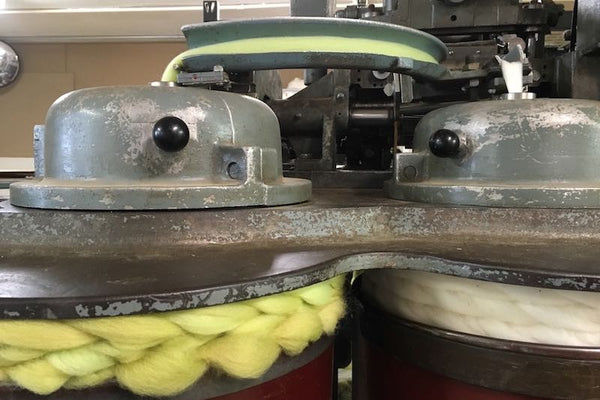
Although my work began sitting in front of a small hand spinning wheel, the mill itself is truly overwhelming in comparison. Pass through the back door of my small studio and you stand in between two large, open rooms packed to the gills with wool from local farms in various stages of development along with industrial textile equipment rescued from the remnants of American manufacturing. These rooms hum to the familiar rhythm of stout and simple mid-century mechanics. In fact, my family has even come to adore my evening perfume of wool and machine oil.
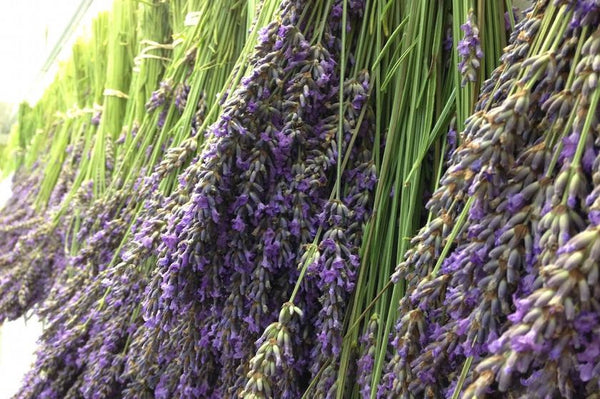
Continue past these rooms, and you will find yourself in a long hallway lined with lavender leading into my wash room. A sturdy 6’ x 4’ skirting table stands in the center of the room, mesh drying racks line the walls, and a row of vintage washing machines attend to the scouring under high ceilings and ample natural light. This work is complicated and labor intensive as there has been little innovation for scouring in small quantities. Thirty to forty pounds of raw fiber represents a good day for washing raw fiber. Drying the clean wool can take two to three days depending on the weather. In spite of the inefficiencies of scouring, I take great satisfaction in reading each raw fleece by hand and embracing an armful of clean, dry locks as a job well done.
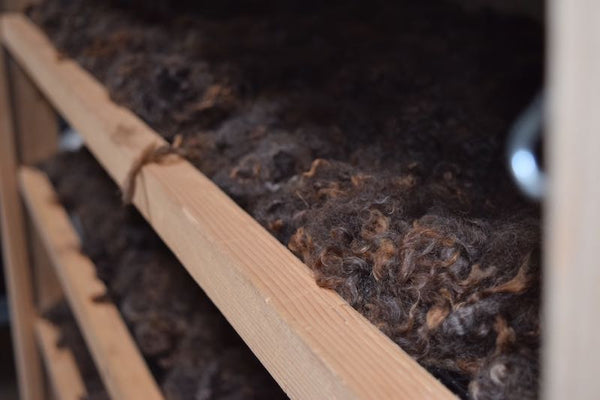
Clean fiber goes on to be carded with the help of three different machines. It is first picked to open the locks, then carded into roving, and finally pin drafted to the specific gauge of the yarn it is to become. Spinning and plying is done on industrial frames to the tune of about one thousand skeins of yarn per month.
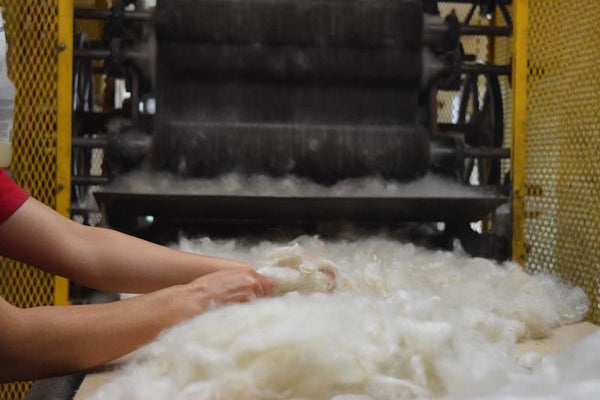
When I originally began researching milling equipment, I immediately knew I wanted salvaged industrial machines that would stand the test of time. Learning to operate and maintain them would fall entirely on my shoulders so I had to find reliable and simple machines. Word of mouth led me to a couple from Oklahoma who were retiring their carding business. Anxiously I flew out to meet them and to spend a day trying my hand at carding. When I saw the Patrick Green Power Picker, 26” McDermott Card, and Warner & Swasey Pin Drafter it was love at first sight. From that point on, it was not a question of if, but how. I left Oklahoma with a purchase offer on the table, and the first handful of wool I had carded myself tucked away in my pocket. Amid the swirling emotions of risk and ambition, hope and fear, that little pocket of wool meant everything to me. I didn’t want to let go of it.
Overwhelmed with the enormous acquisition, I made up my mind to grow my business slowly over time and perhaps someday add a spin frame. My friend and mentor, Chuck McDermott called me shortly after my purchase to congratulate me. He also offered me two Whitin Roberts spin frames he’d found from a larger mill going out of business which were destined for scrap if I didn’t want them. I told him absolutely not, and was pretty sure I had already bitten off more than I should chew. For the next three nights I stayed awake thinking about those spinners and my looming feeling of regret for turning them down. I called Chuck back, closed my eyes and jumped. In hind sight, I can’t imagine this mill without them. They are the heart and soul of my work, and I will ever be grateful to my friend, Chuck, for pushing me over that cliff.
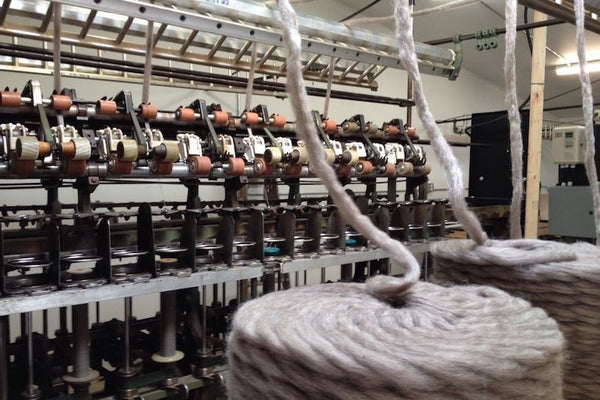
Miraculously the process of purchasing equipment fell in line with our efforts to obtain a lease on the building and prepare the space with adequate layout, power, and water. The first time I said the words out loud, “I think I need a mill.” was in January of 2014. In April, I made the offer on the carding equipment, and in May I bought the spinners. The first semi truck arrived in June, and the second in early July. On July 26, 2014 I opened my doors to the public for a grand opening.
Sometimes the universe meets and carries you forward faster than you could have ever done alone.
Owning and operating the mill has pushed me to understand more about yarn, the textile industry, and myself as a human being than I ever imagined I had the strength to learn. The path towards surviving as a small mill is unpaved. It is clear however, as I’m sure it is elsewhere in life, that we cannot repeat what has been done in the past and expect different results. Uncertainty pushes us to be creative, and I am grateful for the challenge. No matter what the future holds, I am quite certain I’ll be making yarn. I live daily by the mantra that my only option is to evolve and nothing is a loss if I choose to learn from it.
For now, I sell my yarn to dyers, designers, hand knitters and weavers all over the country. It brings me unimaginable joy to see my skeins transformed into colorful works of art by the skilled hands of makers far and wide. In a world engorged with mass produced textiles, I am proud to be offering something a little different made from hard work, attention to detail, and this abundant natural resource, wool.
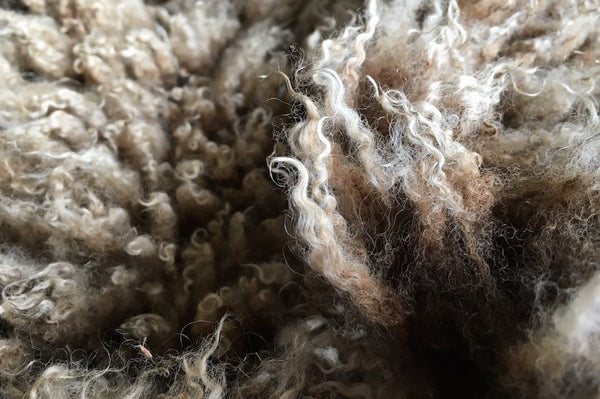
Responses
Leave a comment
Comments will be approved before showing up.
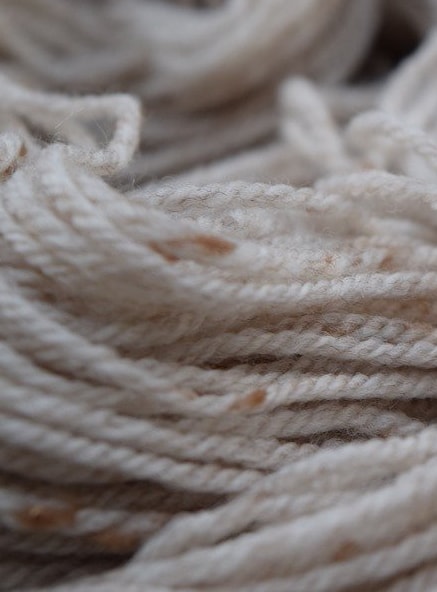
Join Our Newsletter
Our weekly newsletter is plain and simple.
Just one or two headlines from our Mill Shop, so you can be the first to grab limited editions and special offers.

